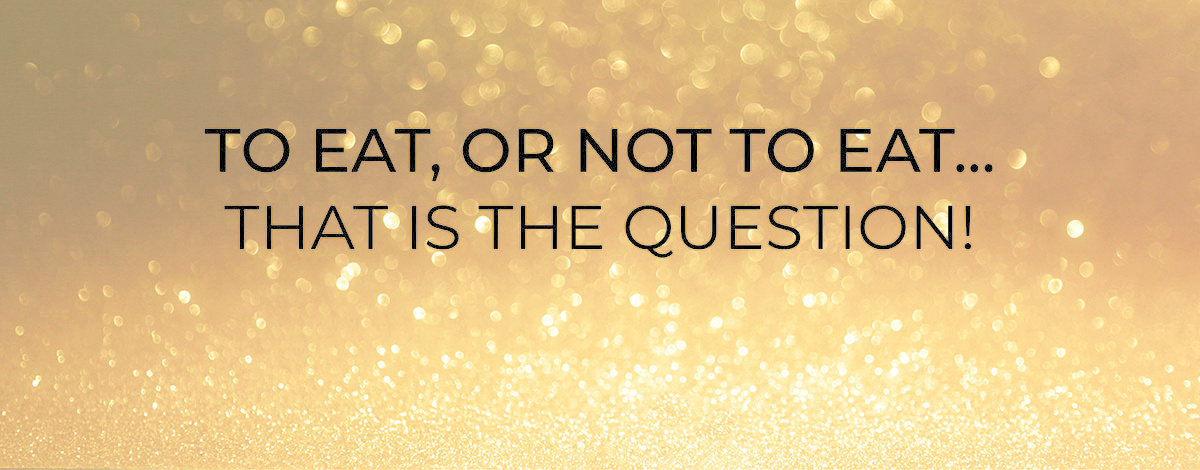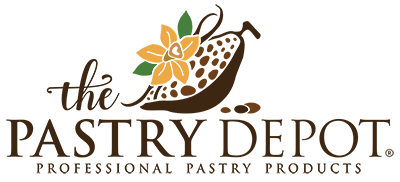To Eat or Not to Eat…That is the Question!
- Posted on
- By The Pastry Depot
- 0

Not all sparkle dusts are created equal! But, how do you know if your favorite one is safe?
When finishing a cake, cookie or cupcake, our minds usually go straight to SPARKLE! All that glitters is gold, right? Wrong! There are many forms of bakery glitter, including luster dust, highlighter dust, shimmer powder, and petal dust, just to name a few. And, when it comes to adding bling to desserts, there is a lot to take into consideration. Edible vs non-toxic, vs food grade vs food safe, what does it all mean?
More often than not, the dusts and shimmer powders that are available are simply “non-toxic”. Now, what does “non-toxic” mean? When written on a product label, “non-toxic” means the product does not contain any ingredients that have been linked to toxic or harmful reaction in humans. A toxic reaction in humans would include poisoning, cancer, and other detrimental reactions. Humans encounter non-toxic but harmful substances every day – lead pencils, glue, and even chalk. The handling and use of these products are safe when used as intended. However, if we were to ingest them, we would have adverse side effects.
Now that we have clarified what the term “non-toxic” means, let’s discuss “edible”, “food safe”, and “food grade”. It’s a lot, we know, but stick with us!
“Food-grade” means the material is fit for human consumption or permitted to come in contact with food.
“Food-safe” means the food-grade material is also fit for purpose for its intended use and will not create a food-safety hazard.
“Edible” means something is safe and suitable for human consumption.
These definitions are a long-winded way of saying the things that come into contact with a product you intend to consume, and the product itself, are safe. However, contrary to what many people assume, not all decorative dusts and powders are safe.
Between 2018 and 2019, seven children were poisoned after eating Primrose Petal Dust, labeled as “non-toxic”, after it was painted on flowers and Rose Gold Dust on a cake. Their symptoms were vomiting and diarrhea, and one child even had to go to the emergency room for treatment. The dust consumed was found to have almost 25% lead, which is extremely dangerous for young children. A deeper look into the dusts showed high levels of a variety of dangerous metals including, zinc, iron, nickel and manganese.
When preparing food for consumption, you have a responsibility to make sure that safety specifications are noted on the product but, most important of all, you should ensure that the FDA has approved this product for consumption and the product is labeled “edible”. There should also be a defined list of ingredients on the product. Different countries and continents, including the USA, Canada, and Europe all have different regulations and specifications.
We must be overly cautious when adding metallic or sparkle dusts to our creations – it is certainly better to be safe than sorry, especially when it comes to the health and safety of our customers!
At the Pastry Depot, the luster and sparkle dusts we sell are FDA-approved and edible, with the exception of highlighter dusts, which we note are for decorative use only. Visit our website to see the many different varieties we carry!


Comments
Be the first to comment...